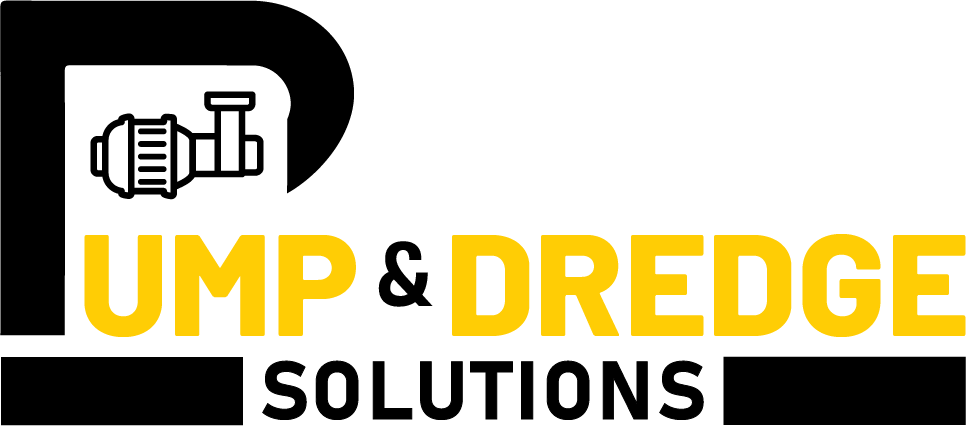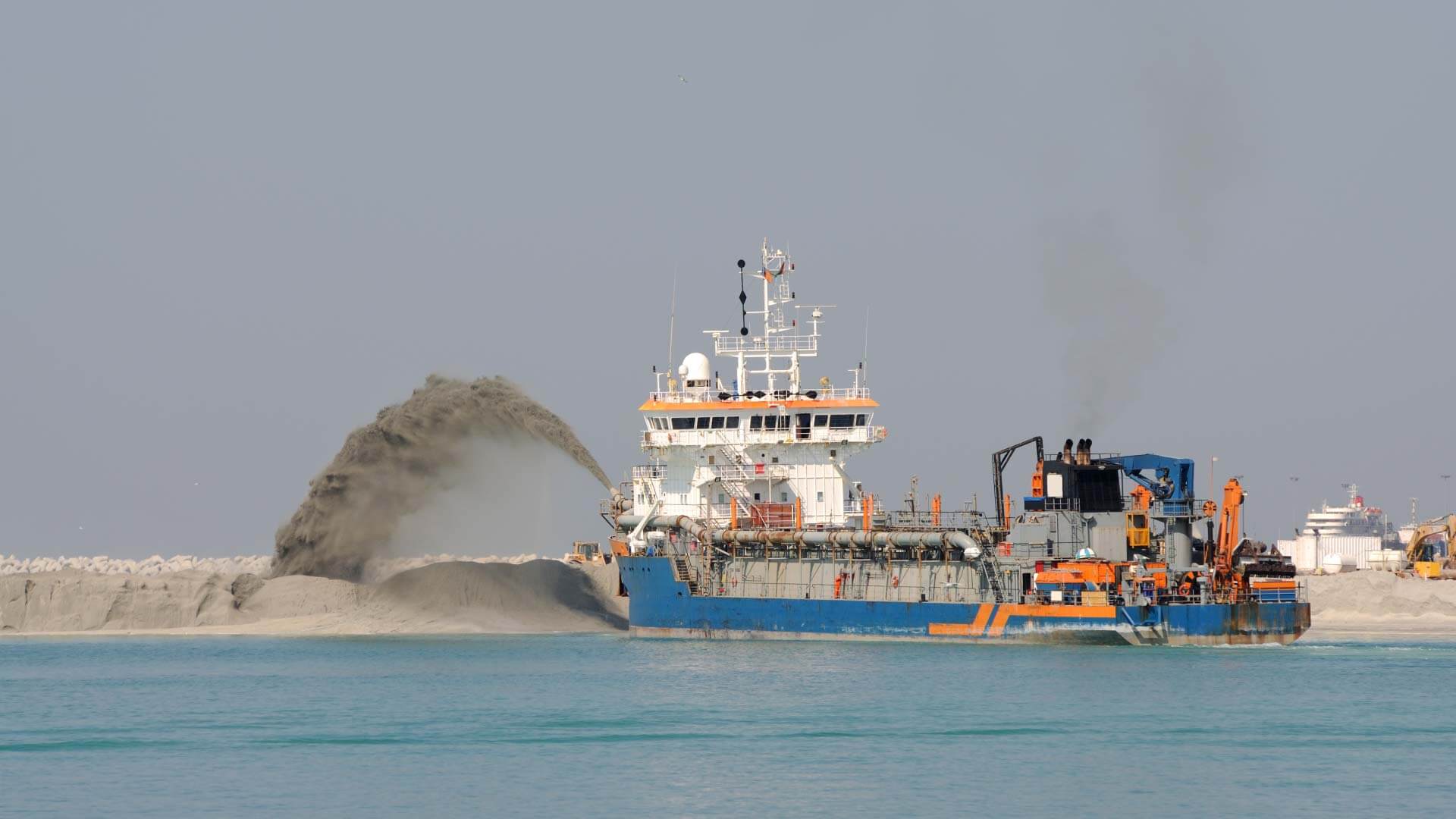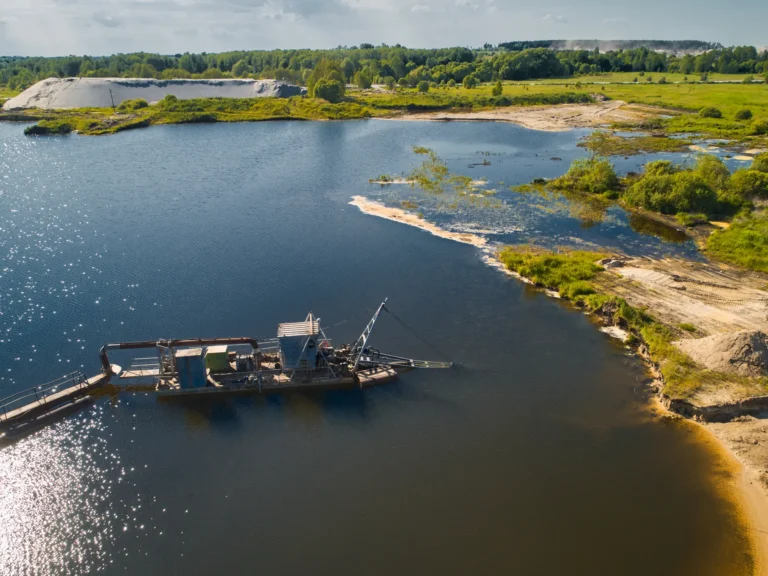Dredging plays a critical role in maintaining the health and functionality of waterways, making it essential for both environmental management and economic activity. So, what is dredging exactly? Dredging is the process of removing sediment, debris, and other materials from the bottom of water bodies such as rivers, lakes, harbors, and coastal areas. Over time, sediment buildup can obstruct water flow, reduce water depth, and create navigational hazards. Removing this sediment helps maintain safe and efficient shipping routes, prevents flooding, and supports ecological balance by improving water quality and restoring aquatic habitats.
Understanding dredging is key to appreciating its importance in modern infrastructure and environmental preservation. The process involves the use of specialized equipment called a dredger, which is designed to extract and transport sediment from the waterbed to a designated disposal site. Depending on the project’s scope and environmental conditions, different dredging and disposal techniques are used.
Working with an experienced company ensures that the correct equipment and methods are selected, minimizing environmental disruption while maximizing operational efficiency. Understanding what is dredging is key. Dredging involves removing sediment and debris from the bottom of water bodies to maintain or increase depth and ensure safe navigation. This blog will explore the fundamentals of dredging, the types of dredgers used, and the various sediment removal and disposal methods that keep waterways functional and ecosystems healthy.
What Is Dredging?
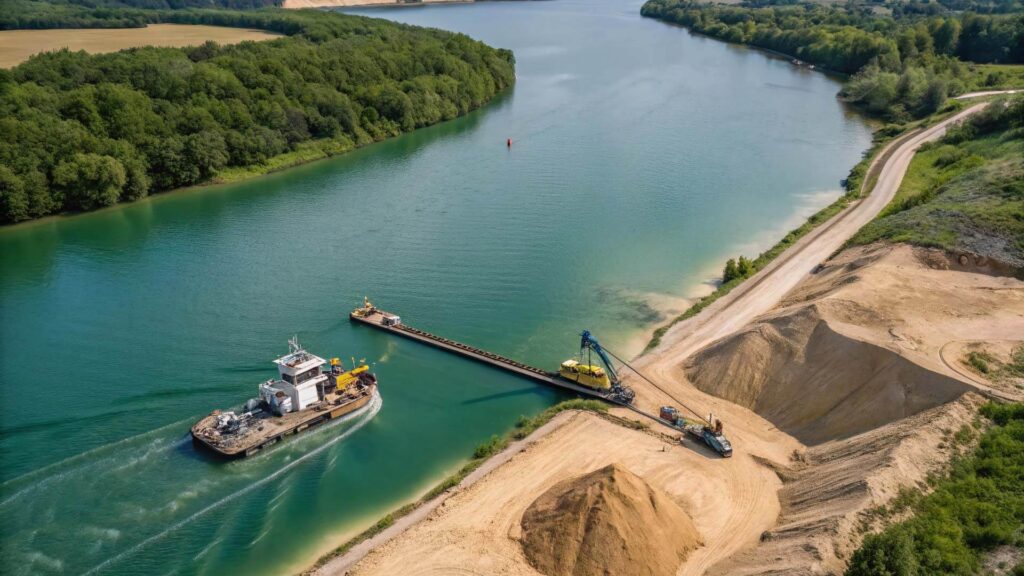
What is dredging? Dredging is the process of removing sediment, debris, and other materials from the bottom of water bodies such as rivers, lakes, harbors, and coastal areas. Over time, sediment naturally accumulates in waterways due to erosion, runoff, and other environmental factors. This buildup can create navigational hazards, reduce water flow, and disrupt aquatic ecosystems. Dredging helps to clear these obstructions, ensuring that waterways remain functional and ecologically balanced.
One of the primary reasons why dredging is necessary is to maintain water depth for shipping and navigation. Commercial shipping channels, harbors, and ports must remain deep enough to accommodate large vessels. Without regular dredging, sediment buildup can restrict access and cause costly delays for the shipping industry. Dredging also plays a critical role in flood prevention and erosion control by improving water flow and drainage capacity. By removing excess sediment and debris, dredging helps prevent overflow and protects infrastructure from storm surges and flooding.
Another key benefit of dredging is restoring aquatic ecosystems. Accumulated sediment can suffocate marine life, reduce water quality, and disrupt natural habitats. Dredging can help restore these ecosystems by removing contaminated material, improving water clarity, and creating a healthier environment for fish and other aquatic species.
It’s important to understand what is a dredger, to understand how dredging works. A dredger is a specialized piece of equipment used to perform dredging. It is designed to extract sediment from the waterbed and transport it to a designated disposal area. There are various types of dredgers, including cutter suction dredgers, hopper dredgers, and backhoe dredgers, each suited to different types of sediment and project requirements. The choice of dredger depends on the sediment composition, water depth, and environmental considerations.
The history of dredging dates back centuries. Early dredging methods involved manually scooping sediment with basic tools. Over time, technological advancements led to the development of mechanical and hydraulic dredgers, which allowed for more efficient and large-scale sediment removal. Understanding what is dredging has helped improve modern techniques and equipment used in the industry. Today, working with a professional dredging company ensures that the most effective equipment and techniques are used for each project. A company evaluates site conditions, selects the appropriate dredger, and manages the entire process to minimize environmental impact and maximize efficiency.
In summary, what is dredging goes beyond just removing sediment—it’s about maintaining navigability, protecting ecosystems, and supporting economic activity.
What Is a Dredger?
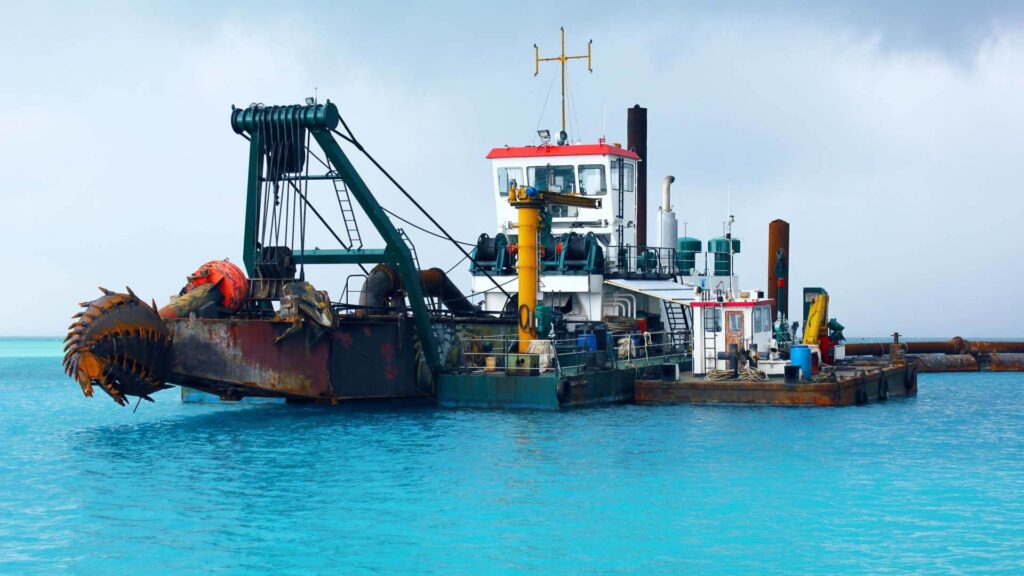
To fully understand what is dredging, it’s important to explore the equipment used in the process. So, what is a dredger? A dredger is a specialized piece of machinery designed to remove sediment, debris, and other materials from the bottom of water bodies such as rivers, lakes, harbors, and coastal areas. Dredgers are essential for maintaining navigational channels, preventing flooding, and supporting infrastructure projects like port construction and environmental restoration.
A dredger operates by loosening sediment from the waterbed and transporting it to a designated disposal site. The efficiency and success of dredging depend largely on the type of dredger used and its components. Key components of a dredger include:
- Cutterhead or suction head – Used to break up and extract sediment from the waterbed.
- Pump – Transfers the loosened material through a discharge pipeline.
- Discharge pipeline – Carries the dredged material to a designated location for disposal or reuse.
- Dredging controls – Allows operators to monitor and adjust dredging depth, pressure, and positioning for maximum efficiency.
Different types of dredgers are designed for specific materials and dredging conditions. A cutter suction dredger is ideal for removing hard and compacted sediment. It features a rotating cutter head that breaks up material before suctioning it through the pipeline. A hopper dredger is used for large-scale sediment transport. It collects material in an onboard hopper and transports it to the disposal site, making it effective for offshore and deep-water dredging.
An auger dredger is designed for precision work in shallow or narrow waterways. It uses a rotating auger to loosen and suction sediment, making it ideal for environmental dredging and sediment removal in sensitive areas. A backhoe dredger is used for heavy material excavation. It features a mechanical arm with a bucket that excavates material and places it into a barge or disposal area. For those wondering what is a dredger, it is a machine used to remove sediment and debris from the bottom of water bodies to maintain or increase the depth of waterways.
Choosing the right equipment is critical for successful dredging. A professional dredging company evaluates project conditions, sediment composition, water depth, and environmental factors to select the most suitable dredger. Understanding **what is a dredger** is essential in this process—a dredger is a machine used to remove sediment and debris from the bottom of water bodies to maintain or increase the depth of waterways. Working with an experienced dredging company ensures that the correct equipment and methods are used, maximizing efficiency and minimizing environmental impact.
Understanding what is a dredger and how it functions provides deeper insight into what is dredging. The type of dredger selected directly influences the efficiency, environmental impact, and overall success of a dredging project.
How Dredging Works
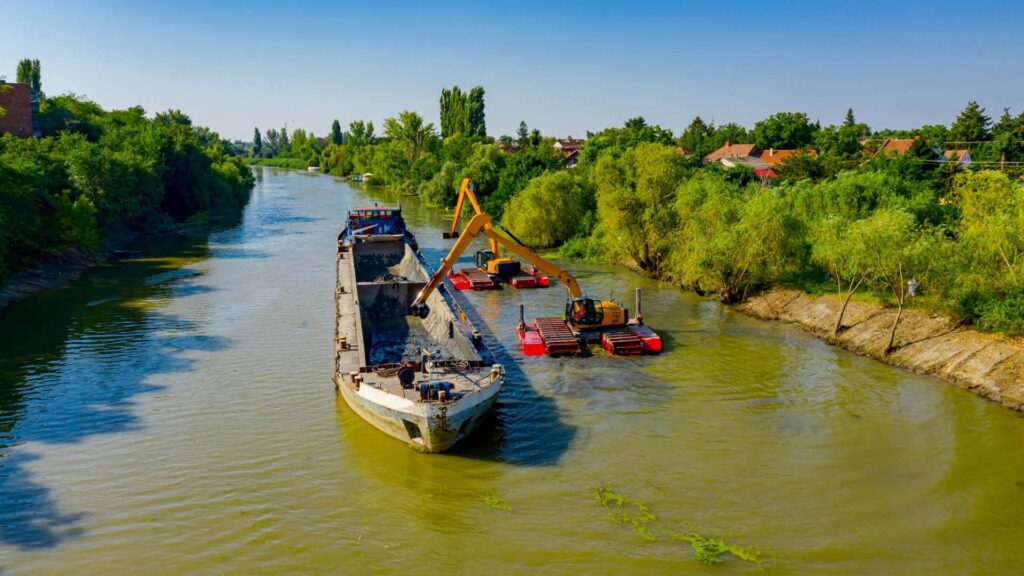
To fully understand what is dredging, it’s important to break down the process step-by-step. Dredging is a complex operation that involves multiple stages, from initial site assessment to sediment transport and disposal. The success of any dredging project depends on careful planning, proper equipment selection, and adherence to environmental regulations. Below is a detailed overview of how dredging works.
1. Site Assessment and Planning
The first step in any dredging project is site assessment and planning. A professional dredging company will evaluate the water depth, sediment composition, and environmental conditions to determine the most effective dredging method. Understanding what is dredging and the type of sediment—whether it’s silt, clay, sand, or gravel—is critical for selecting the right equipment and approach.
The site assessment also includes analyzing environmental factors such as water currents, marine life, and potential contamination. The goal is to minimize disruption to the ecosystem while achieving the desired dredging results. Proper planning ensures that the project runs efficiently and complies with all environmental regulations. This is why working with an experienced dredging company is crucial for success.
2. Mobilization and Equipment Setup
Once the planning phase is complete, the next step is mobilizing the equipment. The dredging company will transport the dredger to the site, which can involve moving large vessels and machinery over long distances.
Setting up the equipment involves installing the discharge pipeline and positioning the dredger. What is a dredger, and why is it essential in this phase? A dredger is a specialized machine used to remove sediment from the waterbed. Depending on the type of dredger used—whether it’s a cutter suction, hopper, auger, or backhoe—proper positioning ensures maximum efficiency and minimal environmental impact. The dredging team will calibrate the equipment to adjust the dredging depth and suction power based on the site’s specific conditions.
3. Sediment Removal Process
The sediment removal process is the core of dredging operations. What is dredging, if not the removal of sediment and debris to improve water depth and quality?
During this phase, the dredger breaks up sediment using a cutter head, auger, or backhoe, depending on the project requirements. The loosened material is then suctioned through the discharge pipeline. The dredging team monitors the process carefully to maintain precision and prevent overdragging, which could cause environmental damage. Advanced dredging controls allow operators to adjust suction power and positioning in real-time for optimal performance.
Monitoring the environmental impact is also essential during this phase. Increased turbidity (cloudiness) in the water can harm aquatic ecosystems, so operators adjust the dredging rate to minimize disruption.
4. Sediment Transport and Disposal
Once the sediment is removed, it must be transported and disposed of responsibly. The dredger pumps the dredged material through the discharge pipeline to a designated disposal area, which could be an offshore dumping site, a confined disposal facility, or a land reclamation project.
On-site dewatering and material separation are often necessary to reduce the volume of sediment and remove contaminants. This helps minimize the project’s environmental footprint and ensures that the dredged material can be reused where possible.
Environmental regulations and compliance play a key role in this phase. A company must secure permits and follow guidelines for sediment disposal to protect water quality and marine life. Improper disposal can result in fines and environmental damage, so working with a professional dredging company ensures that all regulations are met.
Understanding how dredging works provides a deeper insight into what is dredging. Careful site assessment, proper equipment setup, precise sediment removal, and responsible disposal are all critical to a successful dredging operation. The expertise of a company in selecting the right dredger and managing the entire process ensures maximum efficiency and minimal environmental impact.
Challenges and Considerations in Dredging
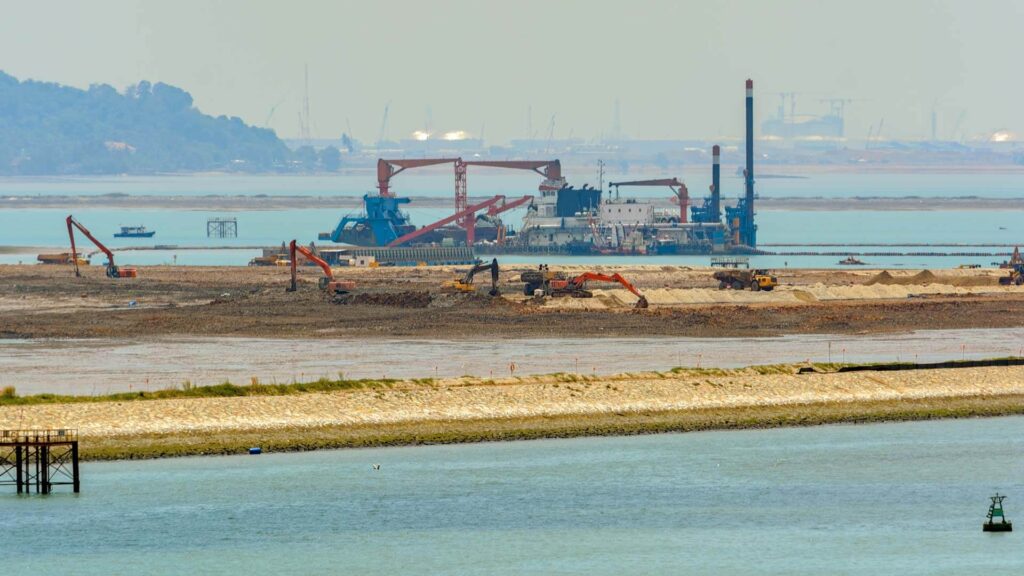
While dredging is essential for maintaining waterways and supporting infrastructure, it comes with several challenges and considerations that must be carefully managed. Understanding what is dredging and these obstacles is key to improving efficiency and minimizing environmental and operational risks. A professional dredging company plays a critical role in overcoming these challenges by selecting the right equipment and ensuring regulatory compliance.
Environmental Impact
One of the biggest challenges in dredging is managing its impact on aquatic ecosystems. When sediment is disturbed during the dredging process, it can create sediment plumes and increase turbidity (cloudiness) in the water. This can reduce oxygen levels and block sunlight, which affects the health of marine life and underwater vegetation.
What is dredging if not the careful balance between improving waterways and protecting ecosystems? Overdredging or using the wrong type of equipment can significantly disrupt aquatic habitats. A dredging company must carefully monitor water quality and adjust dredging rates to minimize environmental damage. Advanced dredging controls and environmental monitoring systems can help reduce the negative impact on marine ecosystems.
Regulatory and Permitting Requirements
Dredging projects are subject to strict environmental protection laws and regulations. Before starting a project, a dredging company must secure permits and demonstrate that the project will comply with local and international environmental standards.
Compliance involves assessing the environmental impact of dredging, defining disposal methods for dredged material, and ensuring that marine ecosystems are not harmed in the process. What is dredging without proper oversight and accountability? Regulatory agencies closely monitor dredging activities, and failure to meet these requirements can result in fines and project delays.
Coordinating with local authorities and environmental agencies is essential to ensure that dredging operations are conducted responsibly and within the legal framework.
Technical Limitations
Dredging projects are often affected by technical challenges, including access to dredging sites, sediment type, and weather conditions. What is a dredger if it can’t handle the material being removed? Some dredgers are designed for fine sediment, while others are more effective with rocky or compacted material. Choosing the right equipment for the project is critical for success.
Weather and tide conditions also affect dredging efficiency. High winds, rough seas, and changing tides can make it difficult to maintain positioning and suction power. A professional dredging company will evaluate site conditions and select the most suitable dredger and method to maximize efficiency despite these technical challenges.
Conclusion
Dredging plays a vital role in maintaining waterway depth, preventing flooding, and supporting environmental balance. It involves the removal of sediment and debris from the bottom of water bodies using specialized equipment known as dredgers. Understanding the different types of dredgers, including cutter suction, hopper, auger, and backhoe dredgers, is crucial for selecting the right equipment for a project. Each dredging method is suited for specific sediment types and environmental conditions, making it important to choose the most effective approach. Understanding what is dredging helps in selecting the right method and equipment to achieve the best results. Working with an experienced dredging company ensures that the correct equipment and techniques are used, maximizing efficiency and minimizing environmental impact.
Working with an experienced company ensures that the correct equipment and techniques are used, minimizing environmental disruption and maximizing operational efficiency. As dredging technology continues to evolve, advancements in automation, eco-friendly methods, and sediment recycling are improving the efficiency and sustainability of dredging operations.
If you’re planning a dredging project, consulting a professional dredging company will help ensure that your project is completed efficiently and in compliance with environmental regulations.
